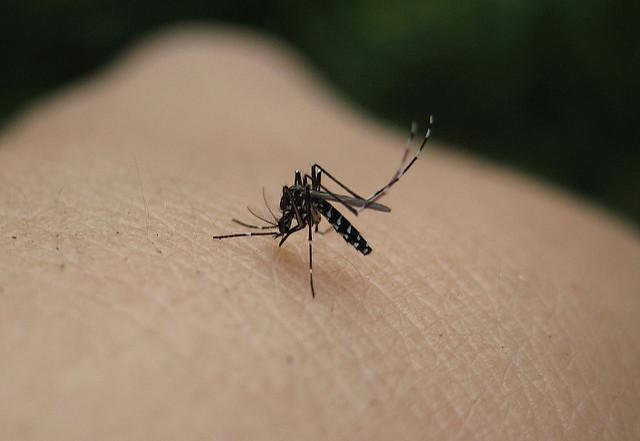Global attention was galvanised this month when World Health Organisation (WHO) Director-General Dr Margaret Chan declared the Zika virus to be a public health emergency of international concern. The WHO has expressed concern about the spread of Zika because of noted associations between infection and neurological birth defects and the strong potential for rapid spreading of infections internationally. A further concern is based on the wide distribution of mosquito vectors, limited human immunity in newly affected populations, the absence of vaccines and specific treatments.
As a result of this international attention on the pandemic, it’s likely that increased reporting of cases will occur in regions previously clear of the virus as enhanced testing for the virus is rolled out. While obvious attention is focused on cases in south America Zika infection has been noted in economies neighbouring Australia for some time. Cases have been detected in Indonesia, and Tonga recently declared a Zika epidemic after testing nearly 260 people and confirming five cases of the virus, as well as experiencing a surge in people presenting at medical facilities with acute fevers and rashes. While the number of Zika virus cases could be expected to grow, new concerns have been raised about the increase in mosquito numbers following damage from Cyclone Winston which is currently impacting on the islands.
To date over 20 cases of the Zika virus have been reported in Australia since January 2014, which authorities believe were contracted overseas. That number is expected to grow as the virus spreads internationally. The greatest risk factor for Australia is likely to remain from people contracting the virus overseas and returning to Australia. Queensland, where populations of the Aedes aegypti mosquito—which transmits the virus from human to human—are present, has confirmed a number of cases of the Zika virus in the past fortnight. New South Wales Health recently confirmed two residents were infected with the virus after traveling to the Caribbean.
What can Australia do to reduce the impact and spread of the virus? There are a number of levels of protection that Australia can rely on to prevent the spread of the virus. The continuity of state public health surveillance systems is critical. Authorities also need to sustain effective levels of quarantine control at borders and entry points to Australia with vector control and health monitoring at our ports also critical to preventing the spread of the virus.
The Aedes aegypti mosquito was discovered within Sydney airport recently. While it’s unlikely that the virus will take hold in southern states where Aedes mosquito populations are not established, ongoing monitoring at our aviation and maritime ports is essential. The potential movement of the virus across the Torres Strait is also a concern given the established presence of the Aedes mosquito in the northern tropics, where optimal weather and ecological conditions for the disease transmission by mosquitoes exist.
Australia’s advantage is embodied in three generic practices: surveillance, detection and management. Subsumed within management is supportive treatment for those infected, as well advice for women considering pregnancy. Those three key elements result from the convergence of effective public and environmental health systems and are underpinned by world-class targeted research and development.
One example of current research by Australian scientists (trialled in Queensland, Vietnam, Indonesia and Brazil) on ways to reduce the ability of Aedes mosquitos to spread dengue fever is showing great promise for application to interrupting transmission of the Zika virus. The research effort infects populations of mosquitos with a species of bacteria (Wolbachia) that limits their ability to transmit the virus that causes dengue fever. The Zika and dengue fever viruses are both from the Flavivirus family and early research results suggest that the Wolbachia bacteria may block Zika virus in an almost identical way to dengue, thus limiting both diseases.
The research involves releasing infected mosquitos into the environment. Results indicate that the bacteria-carrying mosquitoes have higher survival rates than existing mosquito populations and as the dengue-carrying mosquitos die off, the inoculated mosquitos spread and the prevalence of dengue fever is reduced.
While a vaccine against Zika infections isn’t expected for some time, other Australian research seeks to detect emerging infectious diseases in the Torres Strait by enhancing understanding of mosquito vectors and host relationships, the links between land-use, vegetation/ecology and climate variability factors in creating conditions for mosquito-borne disease transmission to humans.
Controlling the spread of the Zika virus requires the convergence of research from environmental and human health. Supporting innovative research and development will enable authorities to surveil, detect and manage emergent disease and is money well spent.
